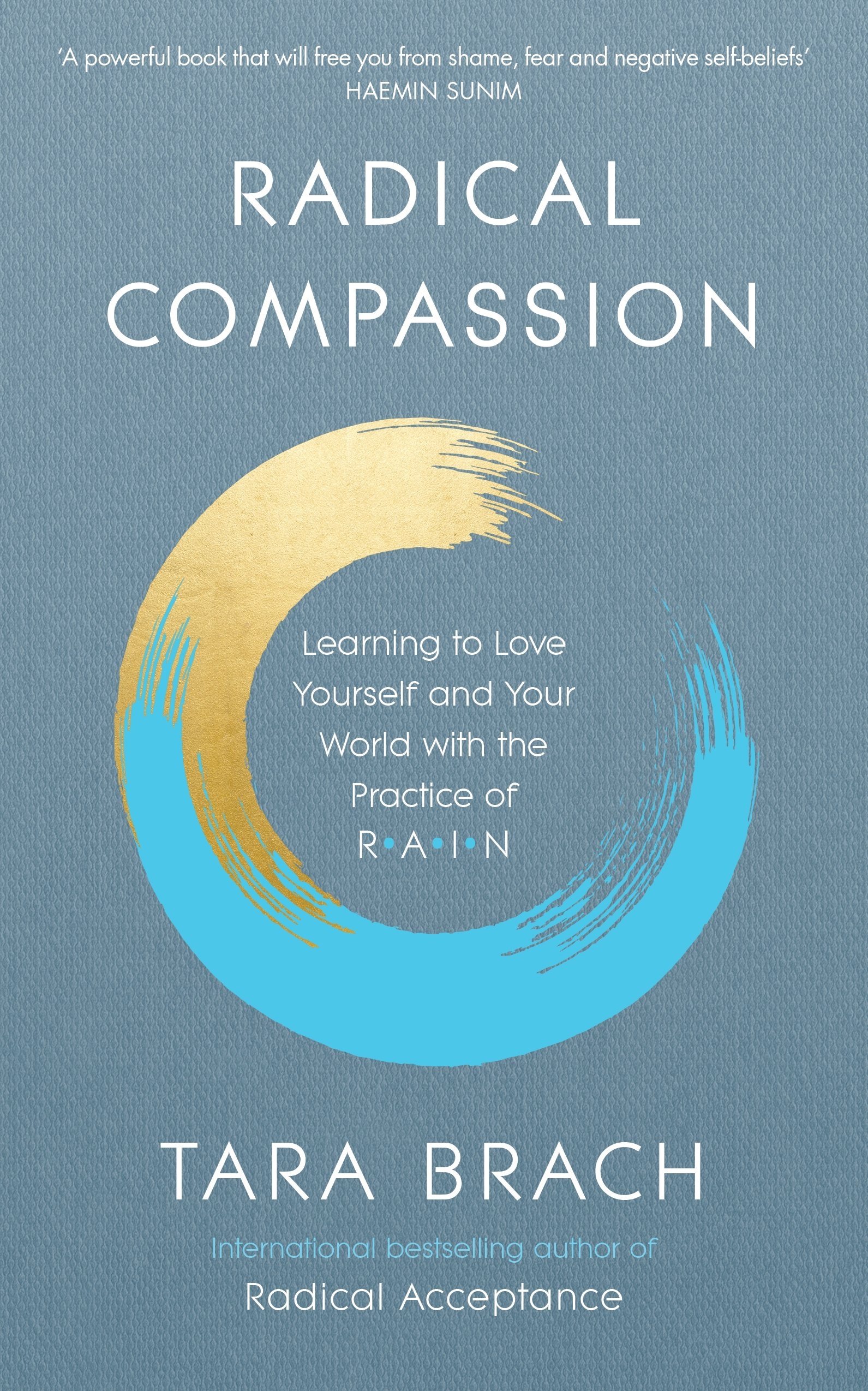MINDFULNESS
for
PAIN REDUCTION
Scientifically validated benefits of mindfulness meditation for pain:
Offers a roadmap for how to tune in to (develop your intuition) what’s going on for you, and what’s going on, is really important
Creates a path to access your emotional self - vital in the recovery from pain
Decrease in repetitive thinking and reactivity to physical sensations
Improved self-regulation skills
Strengthened attentional control
Experience of pain sensations as less threatening
Improved emotional flexibility
Increased awareness of pain-related over-adaptive behaviour patterns
Decreased relapse into depression
Enhanced self-compassion - critical in recovering from pain
Decreased stress response
Increased relaxation response with improvements in sleep, healing, and cognitive functions
Reduction in the ‘bothersomeness’ of pain
Increased sense of authority and agency in your life
Jon Kabat-Zinn describes how mindfulness can help with pain.
Associate Professor of Anesthesiology at UCSD Dr. Fadel Zeidan speaks about mindfulness meditation for pain.
Psychologist Tara Brach describes how Pain x Resistance = Suffering.
Mindfulness Bodyfulness meditation opens possibilities to learn to engage with your whole self, not just your pain.
One in five Australians live with persistent pain. And anyone living with pain understands that its grip is not limited to the physical sensations experienced, but also feelings of frustration, anger, depression, or even despair which can deeply impact on quality of life.
Pain is recognised to be associated with three major components: physical sensations, emotions, and cognitions. By learning how to inhabit the body and not be a slave to the mind, we are able to separate these aspects and gain insight into what is physical, and what is emotional and psychological suffering. By breaking down a previously monolithic, overwhelming experience of pain, into much more manageable attributes, we notice a reduction in the ‘bothersomeness’ of the experience. This occurs through the process of learning to approach unpleasant sensations with less fear and more acceptance. In this way, the practice offers a roadmap of how to work with pain and offers the opportunity to change the way you relate to discomfort. This art of coming toward our lived experience, as it arises in the body, is why calling the practice body-fulness, in replacement of mind-fulness, may be more fitting, as we are literally learning how to come to our senses and meet life directly as it unfolds, with the only tool we have to do so, the body.
Most people want to forget about their pain -they want to escape it, run away from it, wishing they could ignore it or get rid of it somehow. We start ruminating about how much we hate the pain. We judge the pain. Our negative thoughts and judgments not only exacerbate the pain but also fuel anxiety and depression and a feeling of hopelessness and helplessness. By avoiding feeling these unwanted sensations in our bodies, we increase our vulnerability to being overwhelmed by them. Further, the problem is —ironically— that by fighting and struggling against our pain, and even by trying to ignore it, we create another layer of suffering, a state of resistance.
Resistance = stress = pain
The Buddha was known to have said “I teach one thing and one thing only: Suffering and the resolution of suffering”. Yet, to read that sentence, there are clearly ‘two’ things there, no? 1) Suffering and 2) The resolution of suffering. Only when we finally give up the ghost of trying to get away from, ignore, distract from, analyse, and think about our suffering, instead of turning towards it with a spacious heart and simply feeling it as felt sensations in the body, only then, can we understand suffering and its resolution: one thing and one thing only. You have to meet the one to know the other.
This is supported by the neuroscience principle of bioplasticity -our brain, nervous, endocrine, and immune system’s ability to change based on what we experience and are exposed to. In simple terms, if we expose our brain to the stress of always trying to manage and escape our discomfort, worry, muscle tension, fear, and distrust in our bodies, (literally so disconnected from our bodies that we are beside ourselves in pain), then our brain gets better at providing that experience and we become more and more out of tune (loss of our in-tuition) to our inner worlds, particularly our emotional selves. Donald Hebb, a Canadian neuropsychologist, coined the phrase: “neurones that wire together fire together”. Through practicing the art of inhabiting our bodies, we have the opportunity to gain insight into and re-wire old ways of relating to ourselves, our pain, and the world more broadly. We have the opportunity to drop the fear, the narrative, the struggle, and experience freedom - “neurones that wire apart, fire apart”.
Embodied awareness is a way to come back home to yourself
“Kindness” by Naomi Shihab Nye, A Poetry Film by Ana Pérez López
Pick up any one of these books. They are a critical component of your journey to recovery!
“The positive impact of presence in our daily lives makes it the most important thing that can happen in a lifetime.
How will it change your life?”








